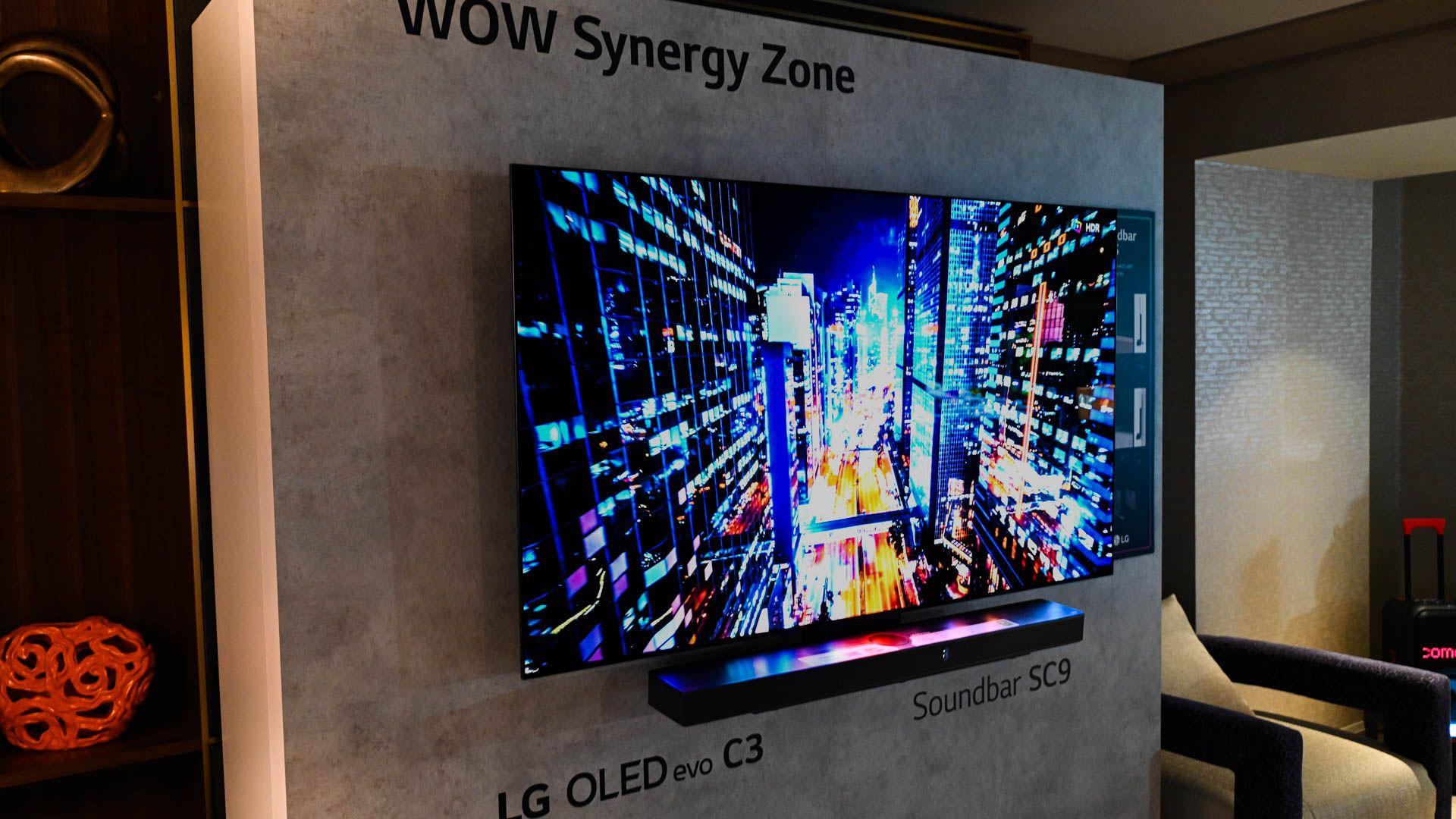
Determining the Optimal Brightness Level for Your Television Screen

Determining the Optimal Brightness Level for Your Television Screen
Key Takeaways
- Peak brightness is an important factor in a TV’s ability to display impactful HDR content, but it varies based on the size of the highlighted area on the screen.
- TVs with higher peak brightness levels can achieve a more realistic and vivid picture by accentuating the contrast between lights and darks.
- While brightness is important, contrast ratio is also crucial for picture quality, and OLED displays excel in producing deep blacks and eliminating ghosting effects compared to LCD displays.
TV manufacturers often call out “peak brightness” in marketing materials, as displays get brighter and brighter each year. So why does this matter, and can a TV be too bright?
Why TV Brightness Matters
High dynamic range, or HDR for short, has quickly become the standard for modern media production. TV shows, movies, video games, and even digital broadcasts are now made to take advantage of displays that can display a broader range of light and dark areas.
“Peak brightness” is a term that’s often used to demonstrate a TV’s ability to display impactful HDR content, but there are some caveats to keep in mind when you encounter the term. Take a look at independent measurements taken by reviewers at RTINGS , for example, and you’ll see different peak brightness levels based on a 2% window compared to a 50% window.
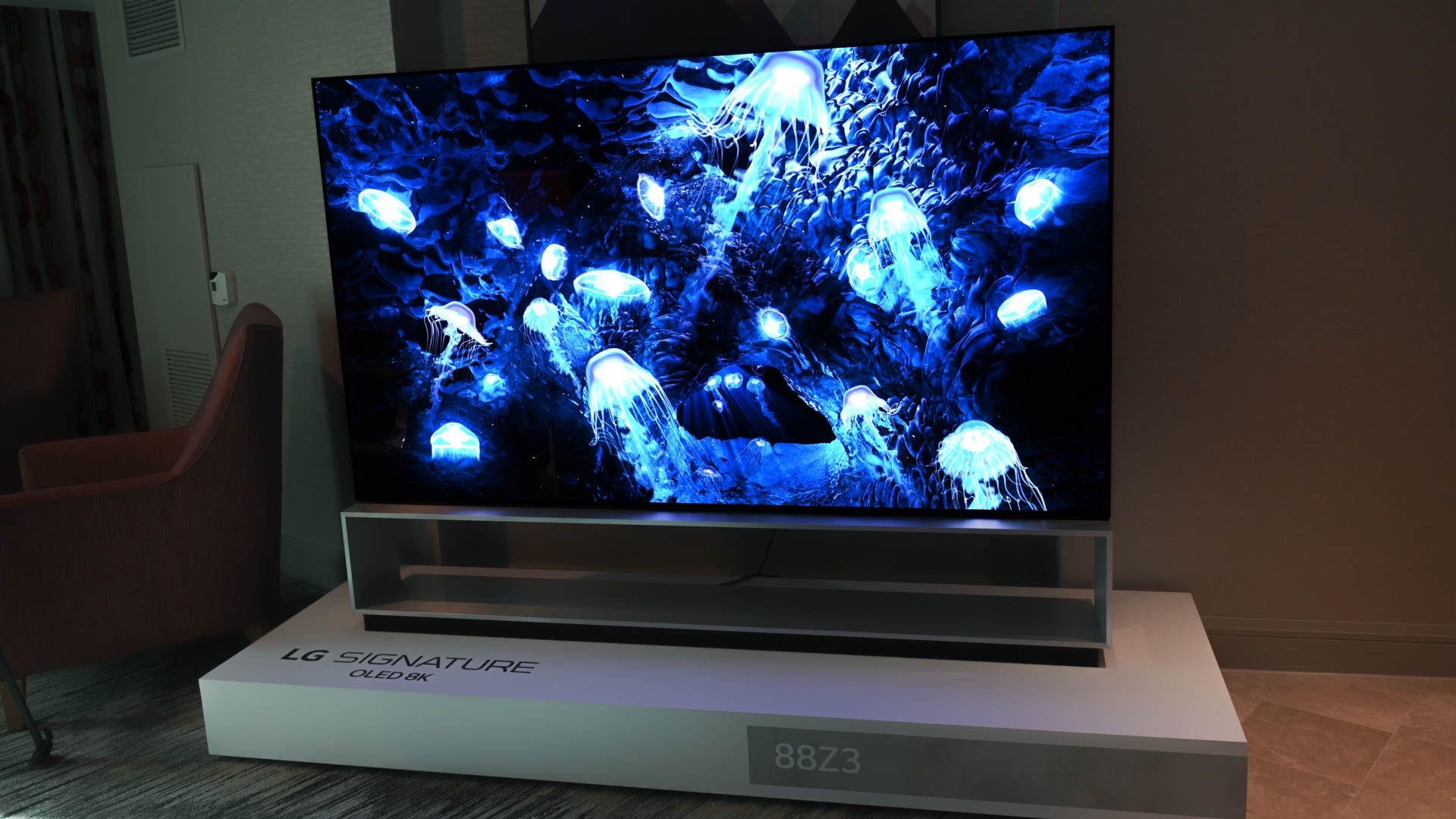
Hannah Stryker / How-To Geek
In essence, it’s easier for a TV to display piercingly bright highlights when these highlights occupy a small amount of the screen. You will notice a higher peak brightness in a movie scene with a flashlight compared to a brightly lit scene of the midday sun. Either way, higher peak brightness is generally seen as better when it comes to comparing models.
One of the primary reasons for this is impact. Consider how you see the world around you: bright highlights punctuate deep shadows and give the world a vibrancy. HDR content attempts to introduce this to your living room by showing a wider variety of light intensity (and a wider color gamut to boot).
In essence, the greater the difference between the lights and the darks, the more realistic the picture looks. If ever you have a chance to compare a standard dynamic range (SDR) image with an HDR image side-by-side, you’ll see this effect in action. The HDR image isn’t simply brighter, it’s more vivid. A TV that can achieve a higher peak brightness accentuates this effect.
Another reason that brightness matters is due to the use of tone mapping. When a TV receives an instruction to display an object that is beyond its abilities in terms of peak brightness, tone-mapping will kick in to sacrifice overall brightness so that the image can still be displayed properly.
Alternatively, a TV may sacrifice these areas of higher brightness, which means that highlights won’t display properly. These issues are lessened for TVs that can reach higher brightness levels.
The final reason you might want a brighter TV comes down to the room you’ll be watching in and your viewing habits. If you’re frequently using the TV in the middle of the day in a brightly lit room, you’ll want a brighter screen to cut through the glare.
Can a TV Be Too Bright?
It may be a matter of opinion, but it’s highly unlikely that there’s a TV currently on the market that’s going to be “too bright” for a comfortable viewing experience. Consider how bright the average daylight scene is, and how our eyes adapt to different conditions.
Let’s say the average TV manages around 1,000 nits . Older OLED displays could barely hit 700 nits on a 2% window, while more modern LED-lit LCDs can hit around 1,500 to 2,000 nits with their powerful backlights. At the time of writing, TCL just announced a mini-LED display rated at 5,000 nits peak brightness.
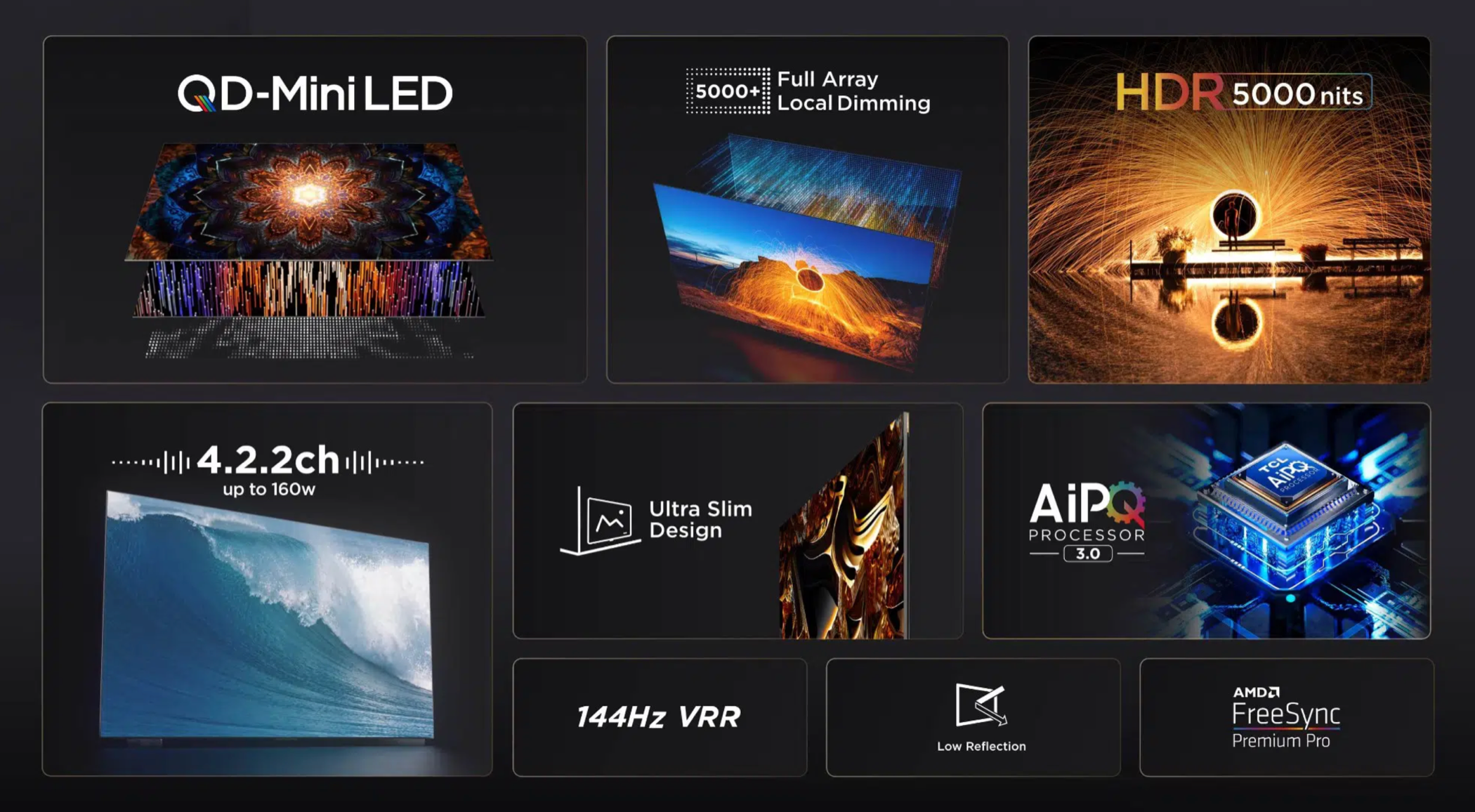
TCL
Now consider the brightness of everyday objects that we experience daily. Direct midday sun is the equivalent of around 1.6 billion nits, with the ambient brightness of a sunny day nearing 10,000 nits. This drops to around 3,000 to 7,000 on an overcast day. Depending on the intensity of the bulb, the average fluorescent tube emits about 10,000 nits.
It’s certainly possible that a modestly bright TV can be “bright enough” for your tastes and expectations, but we’ve yet to reach a stage in terms of display technology where TVs are likely to hurt your eyes. With that in mind, the impact of a flash of HDR flashlight or gunfire in a dark room at night can certainly dazzle you — just as it would in real life.
Which TVs Get the Brightest?
If brightness is your primary concern, you’ll want to opt for an LED-lit LCD rather than an OLED display . In particular, newer mini-LED TVs like the Samsung QN90C can pack more LEDs into smaller spaces, which means higher light output. Check out our review of the QN90C to learn more.
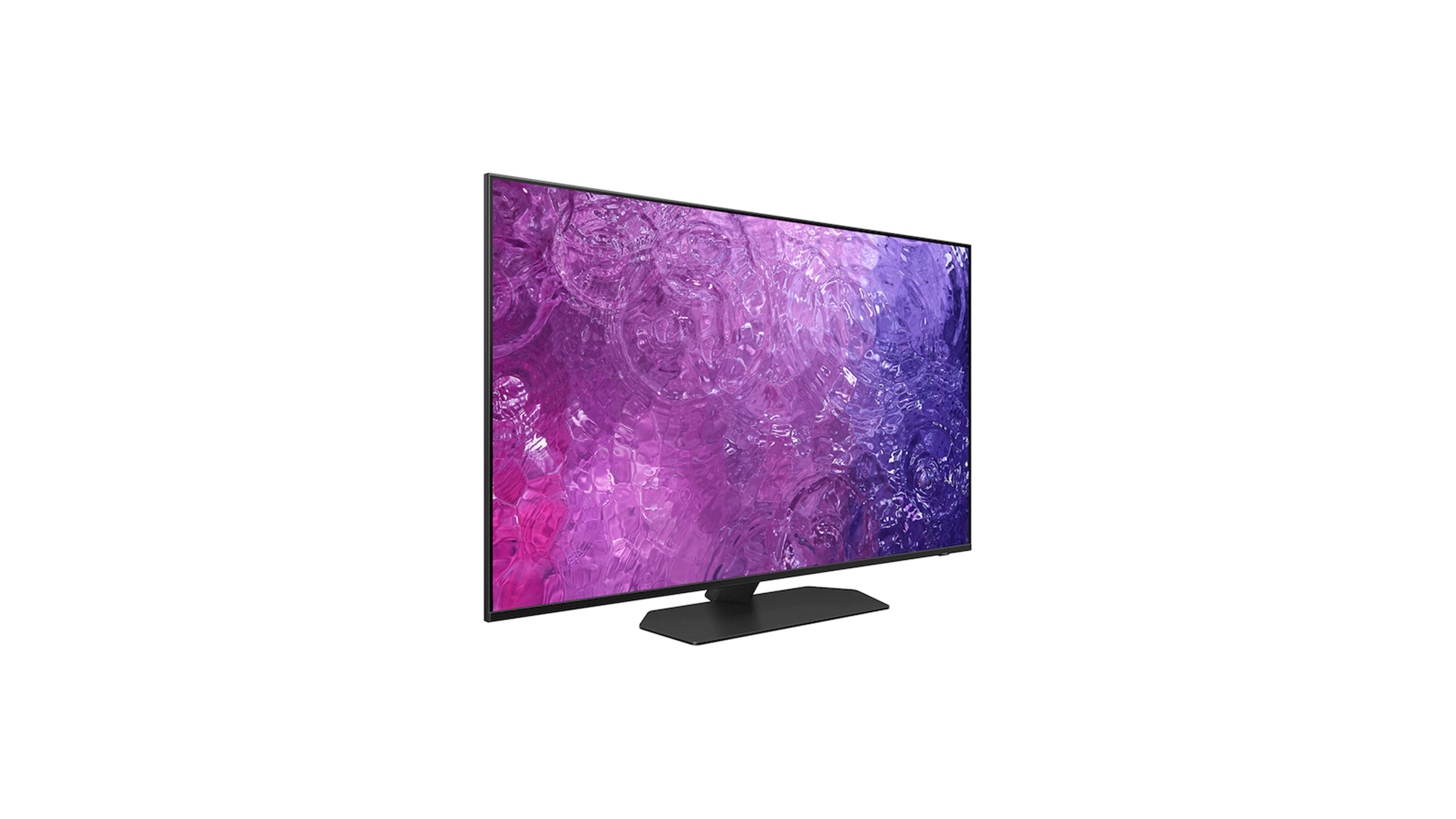
Samsung 55-Inch QN90C 4K QLED
8/ 10
By comparison, OLED TVs like the LG C3 don’t get close. OLED displays are better suited to dark rooms and moderately lit viewing environments. These types of displays consistently deliver excellent picture quality, but due to the organic nature of self-emissive display technology (that doesn’t require or rely on LED backlighting), they struggle to get anywhere near as bright as their LCD counterparts.
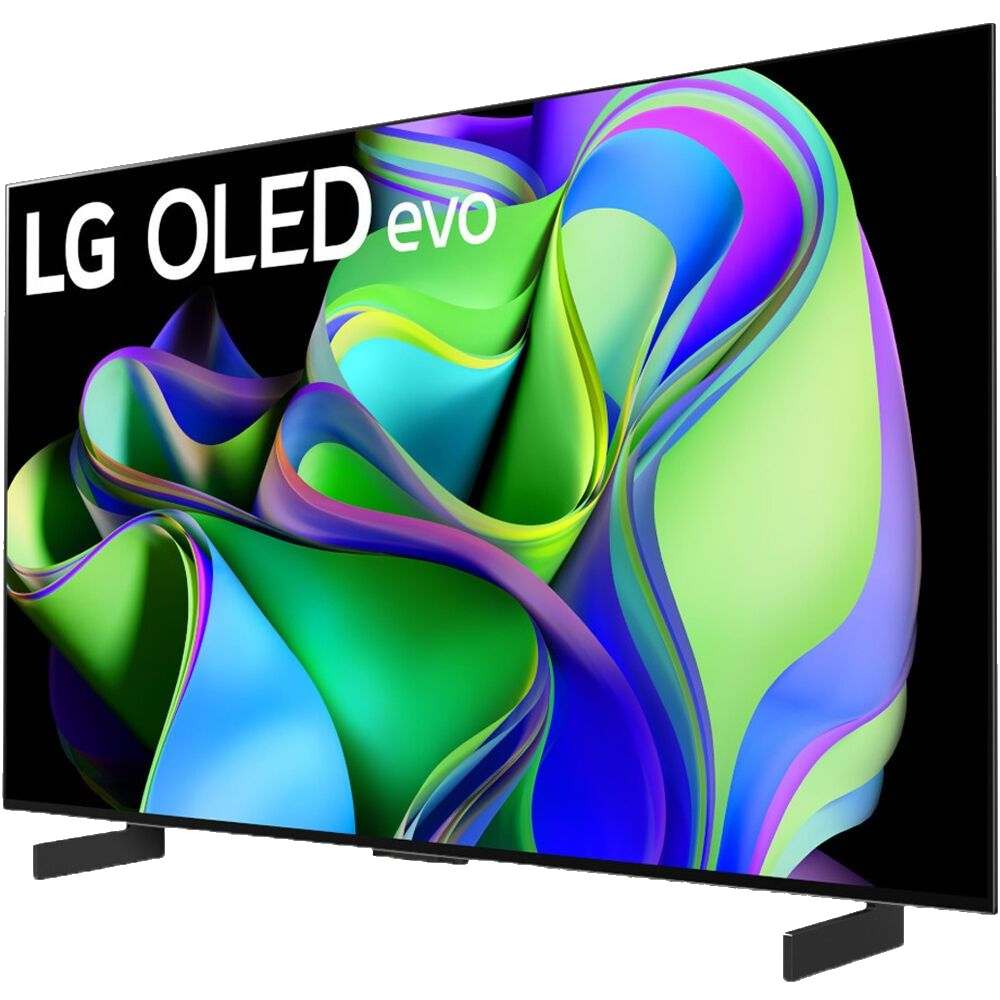
LG C3 OLED
$1397 $1800 Save $403
Like its predecessor, the LG C3 is a fantastic TV for gaming. It has all the features you need to get the most out of your gaming console. Moreover, it’s a better value for money than the LG G3.
$1397 at Amazon See at B&H Photo Video See at Best Buy
Brighter displays can deliver a more impactful HDR experience with a greater range of light intensity and color volume and are also able to raise the overall brightness level of SDR content. Just remember that brightness isn’t an all-or-nothing affair: you can turn down the brightness on your TV if you want a more relaxed movie-watching experience in a pitch-black room.
Brightness isn’t the Be-All and End-All
While brightness is an important aspect of HDR performance, it’s far from the be-all and end-all of picture quality. Many choose to sacrifice overall brightness and opt for an OLED display instead of a much brighter LED-lit LCD.
That’s because many see contrast ratio as the most important decider of perceived image quality. This term describes the difference between the whitest whites and the blackest blacks, where a more contrasty image with deep blacks is generally favored over a washed-out image.
This is an area where OLED excels since each pixel can be turned off to create “true” black. Since LCDs rely on a backlight to shine through the thin film transistor (TFT), blacks can appear washed out as the LCD panel can only block out so much light. Ghosting is often highly visible on a starfield test .
Modern LCDs attempt to solve this problem with local dimming , where blocks of LED lights are switched off to achieve a better contrast ratio. The more dimming zones a TV has, the better since this helps eliminate the “ghosting” effect that can surround lighter objects on a black background.
Though dimming can help, especially on mini-LED TVs where the number of dimming zones can be far greater due to the size of the backlights, it’s not a perfect solution. For example, when gaming, some TVs disable dimming altogether to reduce latency.
Other Considerations When Buying a TV
There are plenty of other things to take into account when you’re shopping for a new TV. This includes buying the right screen size , making sure that the TV has enough HDMI inputs for your desired use, which HDR technology you’ll mostly be using , and whether the on-board audio is good enough .
Take a look at our best TV recommendations , best gaming TV recommendations , and best soundbar recommendations for more ideas.
Also read:
- [New] 2024 Approved Getting Acquainted with Periscope Costs, Benefits & Account Creation
- [Updated] In 2024, Snapseed Simplified Photo Edits for Beginners
- 2024 Approved A Symphony for Photos on Digital Platforms
- All About SRT Essential Information Made Easy for 2024
- Avoid Printer Frustration in the Latest OS: Win11 Guide
- Easy Fix Guide: Preventing Gameplay Interruptions in 'House Flipper 2' For Windows Users
- Free MacX Video Converter Pro: Win a Prize at the 2014 FIFA World Cup Sweepstakes!
- Full Guide to Unlock Your Realme C67 5G
- How Redbox's Financial Collapse Leads to the Discontinuation of Its Video Streaming Services
- How to Enjoy Plex Content Through Virtual Reality Using the Meta Quest Headset – Step-by-Step Instructions
- How to Resolve Compatibility Issues with Intel HD Graphics 630 & Windows Systems
- Immerse in the World of Tamriel with Instant Skyrim Gameplay on GeForce Now Platform.
- In-Depth Bose Smart Soundbar Evaluation: Stunning Audio Quality & User-Friendly Functions
- Latest News: Secure in Knowing PlayStation Preserves Your Purchased Television Episodes
- Mastering Privacy with Apple TV: A Step-by-Step Guide to Using Built-In VPN Features
- Maximizing Value: Top 5 Strategies for Enjoying the Full Benefits of Apple TV+
- Netflix and Chill? How to Effortlessly Stream on Discord!
- New Spotify Premium Plan: Immerse Yourself in Audiobooks with Just $9.99
- Unlocking iPhone 7 Plus Passcode without a Computer | Dr.fone
- Title: Determining the Optimal Brightness Level for Your Television Screen
- Author: Kenneth
- Created at : 2024-09-29 23:11:20
- Updated at : 2024-10-01 00:38:55
- Link: https://media-tips.techidaily.com/determining-the-optimal-brightness-level-for-your-television-screen/
- License: This work is licensed under CC BY-NC-SA 4.0.